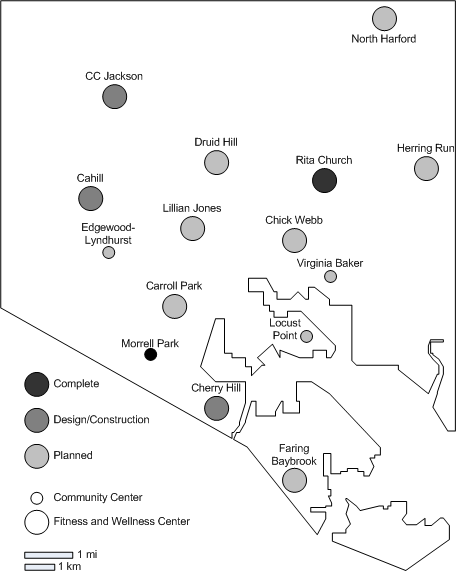This site is subtitled “Something about the Business of Dance in Baltimore” for several reasons…
First, Dance. I am very up-front about the fact that I am not a dancer. I work with dancers. I work for dancers. Sometimes, I even hire dancers. I’ve got dancers in my family and a lot of dancers in my chosen (non-genetic) family. This isn’t about just dhaanto, or just modern dance, or just flamenco, or just ballet, or just rojin odori, or just salsa, or just hiphop. If you move, for yourself or an audience; if you find ikigai with bodies in motion, then that counts – Welcome. If you make the noises that make the bodies move – Welcome. If you support dancers by driving the carpool for the kids, or opening up the studio after hours, or turning on the lights, or mixing the music, or fixing the costumes, or… whatever – Welcome. If you’re not a dancer, but appreciate dance – Welcome.
Second, Baltimore. Because, well, Baltimore is about as big a challenge as I can tackle. But by Baltimore, I do mean the Baltimore region, and by Baltimore region, I’m not willing to put hard boundaries on what does and does not count. Live in the area? Dance in the area? Coming to visit for a few days and looking for something dancey? Welcome.
Third, Business. Dance is generally a really expensive endeavor. Some dances require big elaborate spaces. Some require big elaborate costumes. Serious dancers spend untold fortunes on training and preparation. Some spend fortunes on shoes. With expense comes the challenge of revenue, and money for dance is pretty thin in this region right now. It doesn’t have to be, and, at least to me, it shouldn’t be. It’s amazing how much is happening with the desperately limited resources available. Imagine with me for a moment, what could happen if it was just a little bit easier on the financial side, and you could focus more on the dancing side. Imagine a Baltimore where a serious dancer didn’t have to leave to find a career path…
Despite having a casino (or two), Baltimore isn’t going to be Las Vegas when it comes to dance employment (averaging $27/hour and shows that run for months non-stop) so you can make $50,000 a year, oh, and the average house sells for under $200,000. Baltimore is not going to be New York where a dancer’s average income is a bit more than $28,000, but $1200/month (51% of your dance income) gets you about 400 square feet to live in Queens. You might be among the lucky 18% of New York dancers that score a full-time dance job in New York, that gets you to about $40,000/year.
Baltimore has some economic advantages, and some really great geographic advantages in play for dancers. Median home value is $115,000 or about 60% of Las Vegas or 20% of New York City. Rent in City Arts 2 is under $1000/month for a two-bedroom apartment, and there’s a dance studio in the building. Baltimore is within one-day’s-drive (it’s a long day) of half of the US population. Traditional and folk dancers have a ready market in DC with just about every country in the world represented in some capacity – all an hour away. What does Baltimore bring to the mix? Well, you can see all that stuff on the side. Dance schools around Baltimore are putting ballet and tap shoes on thousands of kids. If you’re serious about a dance career, you’ve got five universities ready to put your name on a Bachelor’s degree – in dance – and most of them have great facilities. The variety of dance in the area is astounding – accredited Irish instructors, doctors of dance, Ailey alums, a Suzanne Farrell Ballet Alum, a 7-year-old belly dance festival, and a 10-year-old dance educators program, modern dance exploring physics, a new dance form (Shake Off), Cuban. And I’m just picking some fun ones for variety… so much more. Which is to say, Baltimore has a lot to build on.
Occasionally, in conversations about the business of dance in Baltimore with new people, I have met skepticism and some degree of animosity. “Who are you to be asking these questions?” “Why are you getting up in our business?” “Leave me alone.” “What’s in it for you?” I don’t expect to be the first person in history to herd all the cats and make world peace through dance. I’m trying to change some things to make dance work better in Baltimore. I can’t do it alone, and the more people come together and push in the same direction, the easier it is for everyone. But I am not foolish enough to assume that everyone will get along, and everyone will like everything that comes from these efforts. If I step on your feet, please forgive me. I’m not a dancer, remember?
I do think I have a deeply considered, valid perspective on what is happening and could happen, and I’m willing to share it. I welcome the conversation, but I’m not some power broker that’s come here to twist arms or a prophet come to convert the apostates. This is a place for dancers, and people engaged in dance, to have a little fun, engage with each other, create some new stuff and maybe tackle some big challenges – together. The only thing I require is that if you come here, be civil. Be good to each other. You don’t have to play, but if you do play, play nice.
So, let’s have some fun. Bollywood gangsters, anyone? आओ मेरे साथ नृतà¥à¤¯ करो (Come dance with me) Welcome.
